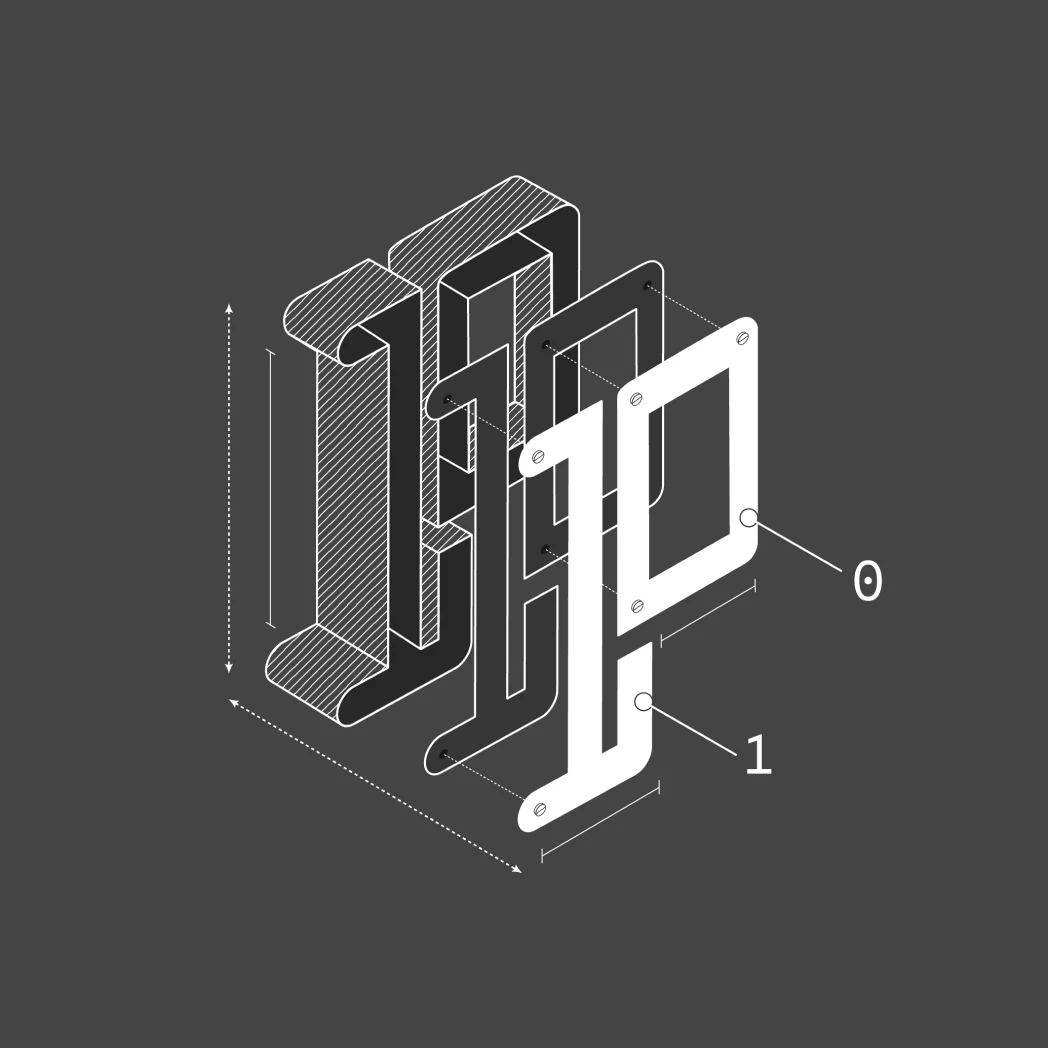How Digital Enterprises Are Shaping the Future of High-Performance Organizations (Part 1 of 2)
QUICK SUMMARY
Our Managing Partner Sam Jenkins explores what it means to be a high-performance digital enterprise and how business leaders can integrate digital technologies and tools to enhance productivity, customer experience, and innovation.


Like many leaders in business, I invest a fair amount of time in professional development. One of the areas of practice that I’m most keen on is organizational governance, specifically with a focus on boards and leadership teams. I recently attended Just for Chairs, a learning summit geared towards—you guessed it—board chairs.
A big topic of conversation this year was on building high-performance organizations. But it got me thinking: what makes a high-performance digital enterprise?
Over my next few blog posts, I want to explore the power of a high-performance digital enterprise, and how leaders in business can start to make this shift. That being said, this whole conversation starts first by defining: what exactly is a digital enterprise?

A digital enterprise is an organization that fully integrates digital technologies and tools across all aspects of its operations to enhance productivity, customer experience, and innovation.
This definition isn’t limited to what we would traditionally think of as a tech startup. They aren’t businesses where technology is the core product. In fact, it’s the opposite: these are organizations like yours, with traditional products and services that are using digital platforms to change how they connect with employees, partners, and customers.
Over the past twenty years, there have been several trends that have driven the evolution towards digital enterprise, starting with the rise of cloud computing, continuing on with the smartphone revolution, and of course, most recently, with the visible advances in artificial intelligence and machine learning. The modern digital enterprise is leveraging cloud, mobility, and AI in order to stay competitive and open to new markets.

You would be hard pressed to find an example of an industry that isn’t shifting towards the digital enterprise. Be it:
- Retailers who are redesigning their in-store experiences to optimize for e-commerce, while at the same time, using AI for inventory management and customer engagement.
- Agriculture, where manufacturers and producers alike are investing in IOT, machine learning, and location-based technologies to increase yields.
- QSR restaurants introducing mobile apps to shape the customer experience, while integrating with partners to manage delivery. (Let’s be honest: I’ve never been shy about confessing my love for the Domino’s Pizza Tracker or Starbucks’ loyalty program).
Digital enterprises are prioritizing investments in digital tools—while integrating them into their operations. They’re building on-demand experiences to meet customers where they’re most comfortable. Data is at the forefront of the strategy, making better decisions and responding faster than ever before.

All business is digital enterprise.
At this point, you might be asking yourself, “If all organizations need to be making that shift towards the digital enterprise, how do we become competitive?” And, I think that’s the right question.
Because, as traditional sectors, like automotive, consumer goods, or real estate, are evolving to adapt to the expectations of a digital-first economy, the difference will be made by high-performance digital enterprises.

What is high-performance?
While there isn’t an standardized definition of a high-performance organization, research shows that there are some key characteristics that are common across them all.
A high-performance organization shares a lot of qualities with a top-tier professional sports team, where both require coordinated efforts, a clear strategy, and a culture that drives excellence.
High-performance organizations quickly change their structure and practices to meet the needs of their customers. They focus on long-term success while delivering on short-term goals. They’re adaptive and are powered by capable teams. When an organization combines the best practices of high-performance with a digital mindset, we create opportunity to drive towards the future.
This is the high-performance digital enterprise.

What are the dimensions of a high-performance digital enterprise?
Understanding what makes a high-performance digital enterprise is only the beginning.
To truly thrive in today’s fast-changing world, organizations need to focus on specific dimensions that drive digital success. In my next blog post, we’ll explore what I consider the six key dimensions that define a high-performance digital enterprise and how they can help you build a future-ready business.



You Might Also Like
Featured Posts

Let’s Build What’s Next (A Punchcard Celebrates 2025 Retrospective)
Read more: Let’s Build What’s Next (A Punchcard Celebrates 2025 Retrospective)
6 Dimensions of a High-Performing Digital Enterprise (Part 2 of 2)
Read more: 6 Dimensions of a High-Performing Digital Enterprise (Part 2 of 2)










